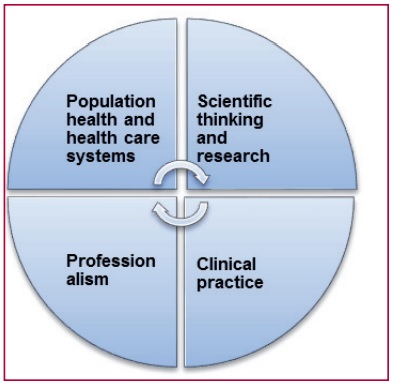Assessment of Critical Reading Ability in Cardiology Residents
pp 110-116
DOI:
https://doi.org/10.7775/rac.es.v85.i2.10533Keywords:
Evaluation, Internship and Residency, Scientific and Technical Publications, Critical ReadingAbstract
Background: In recent years there has been a strong emergence of the outcome-based education concept emphasizing the benefit of clearly establishing the professional capabilities to be achieved. Current regulations specify the ability to interpret the results of a research and make a critical reading of scientific publications as one of the cardiologist’s competencies.
Objective: The aim of this study was to investigate the capacity of residents to interpret the statistical tests most frequently used in research studies.
Method: A questionnaire of 17 multiple-choice questions, developed and validated by Pizarro et al. was used. The maximum possible score was 17 points. Four levels of critical reading skills were established according to the number of correct answers: none (less than 5 points), deficient (between 5 and 9 points), good (between 10 and 14 points) and very good (15 points or more).
Results: In May 2016, 169 cardiology residents answered the questionnaire anonymously and voluntarily. In 29% of cases they mentioned previous training in the subject and 88% of them said that bibliographic meetings are regularly carried out in the residency.
- Range of correct answers: 0-15.
- Mean: 7.56±1.66.
- Median: 7 (interquartile range 4-8.5).
- Cronbach: 0.81.
On average, 44% of the questionnaire was answered correctly, with no significant differences between men and women (45% vs. 43%, p=0.34) or between those who had or did not have previous statistics training (45% vs. 43%, p=0.39). A significant difference was found between Argentine and foreign university graduates (45% vs. 36%, p <0.045).
Conclusions: In 73% of the residents, the level of necessary knowledge to interpret research studies was unsatisfactory. The results are similar to those of other published studies. It would be interesting to review teaching strategies and analyze their
effectiveness.

Downloads
Published
Issue
Section
License
Copyright (c) 2025 Argentine Journal of Cardiology

This work is licensed under a Creative Commons Attribution-NonCommercial-ShareAlike 4.0 International License.













